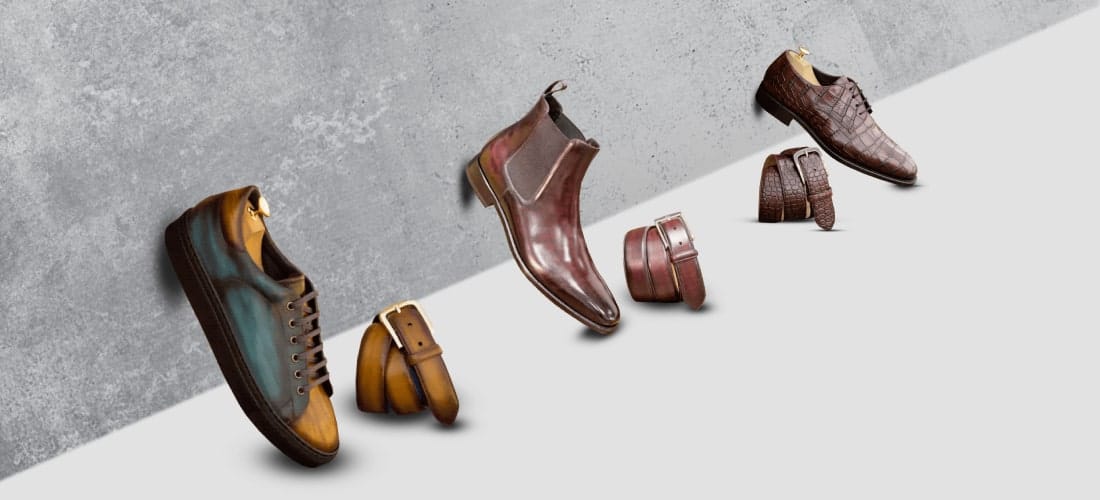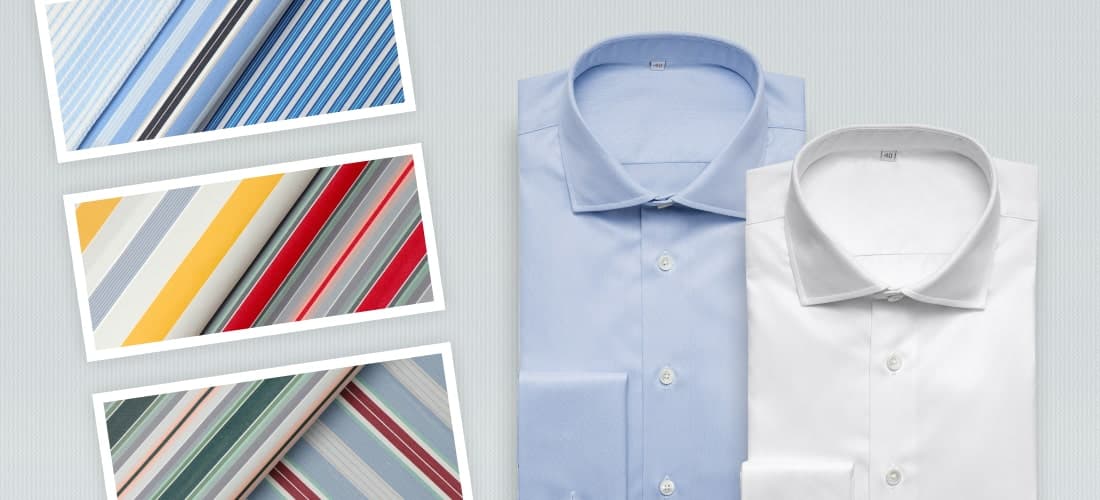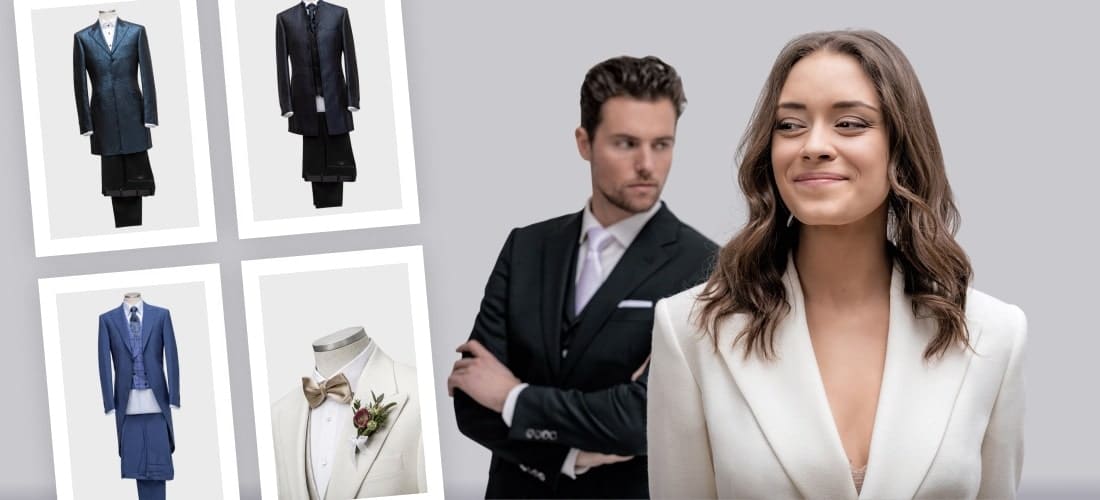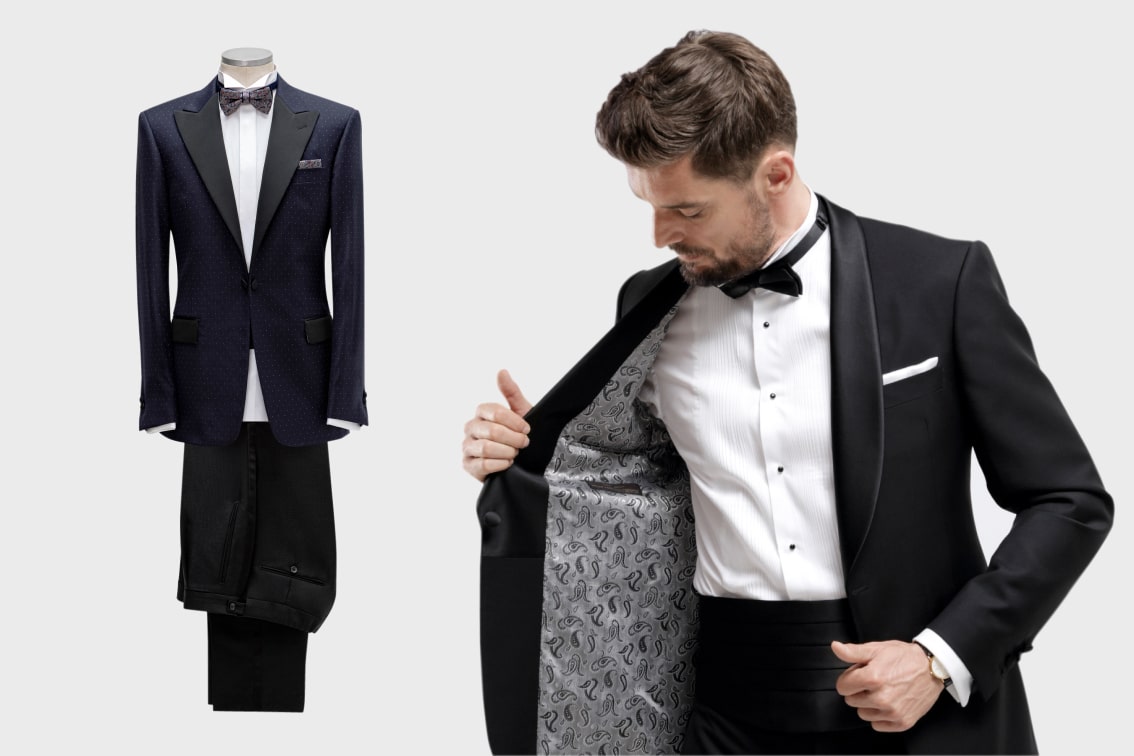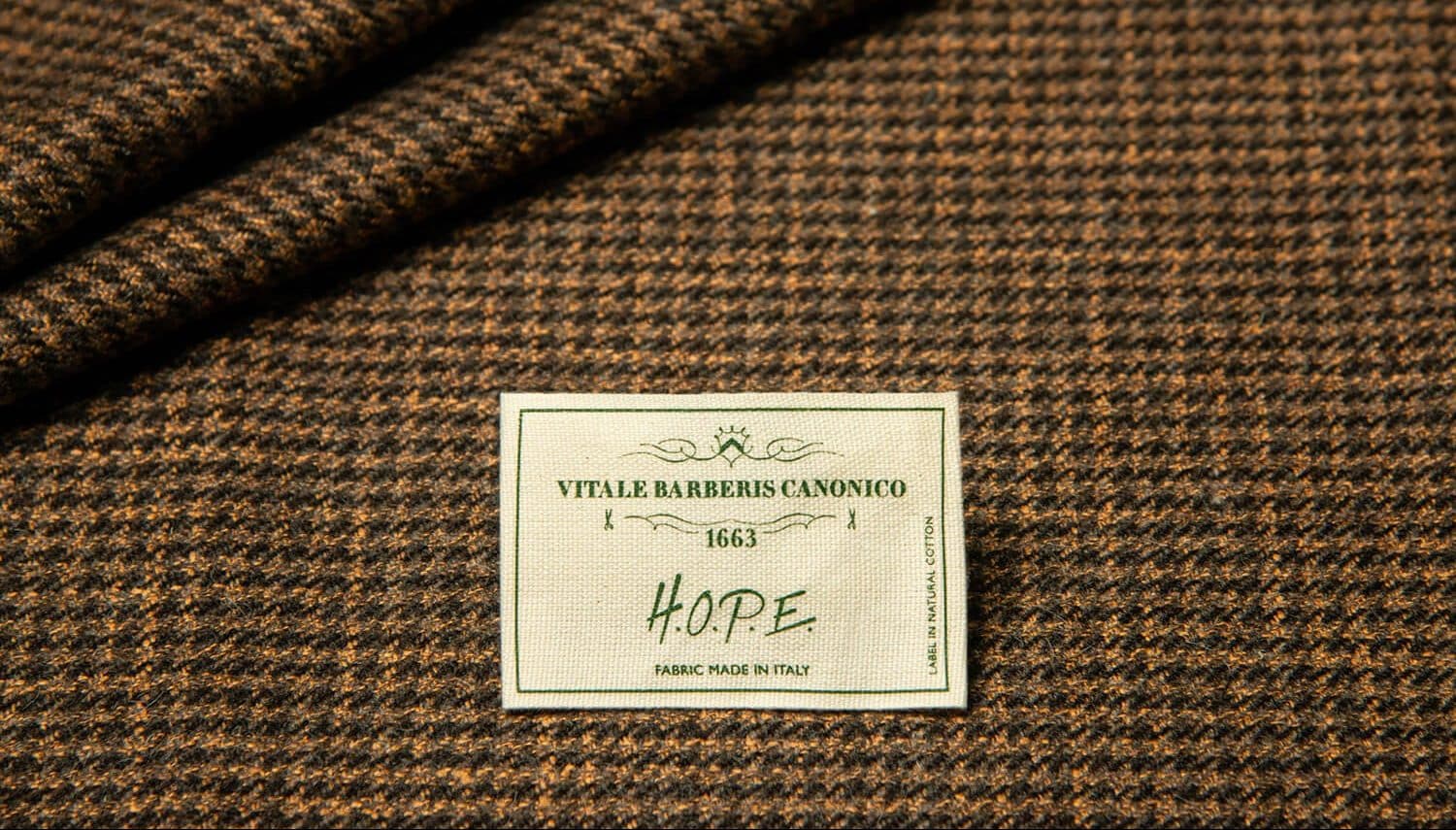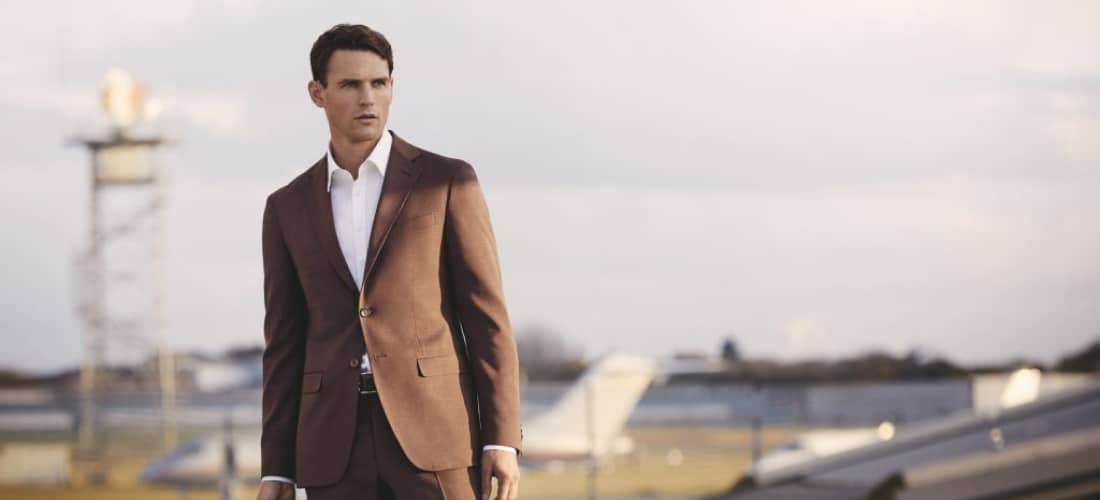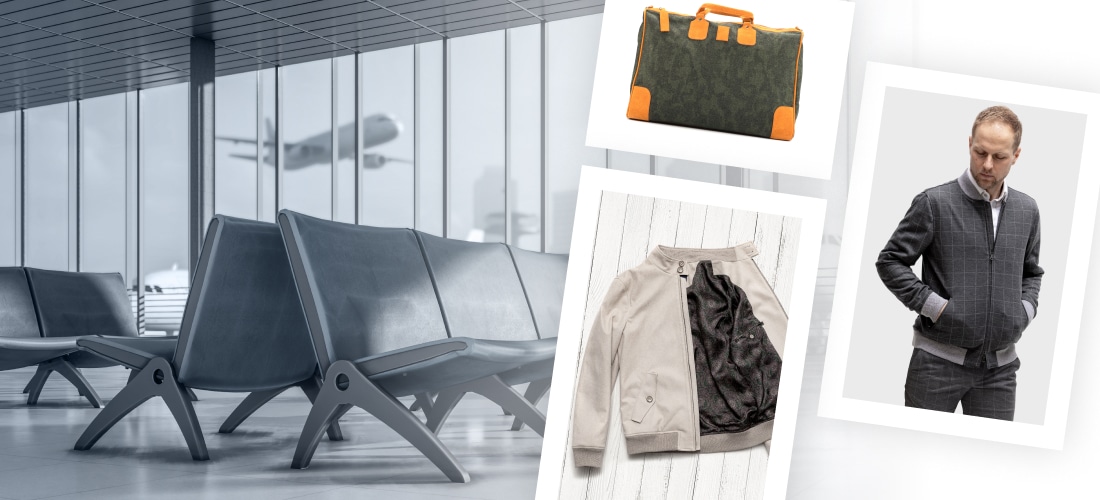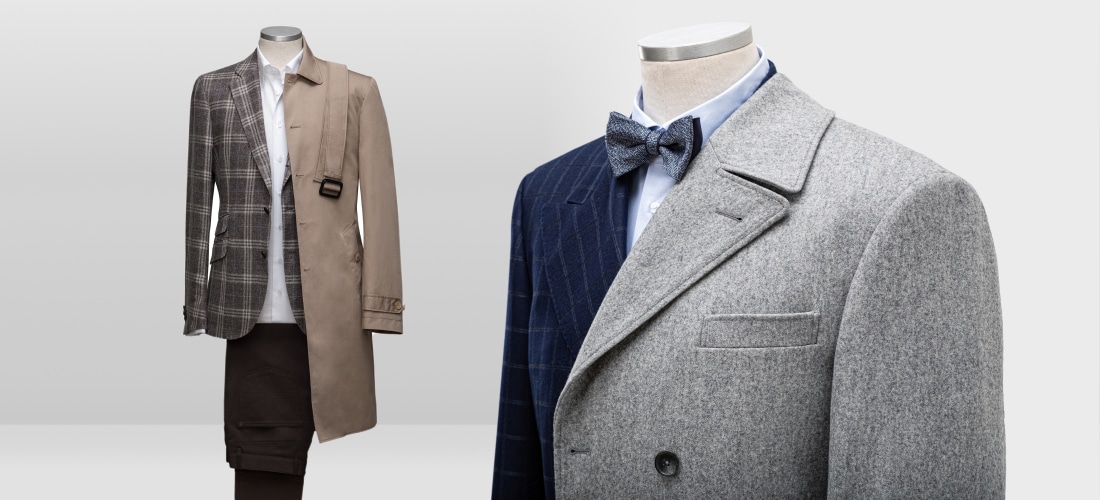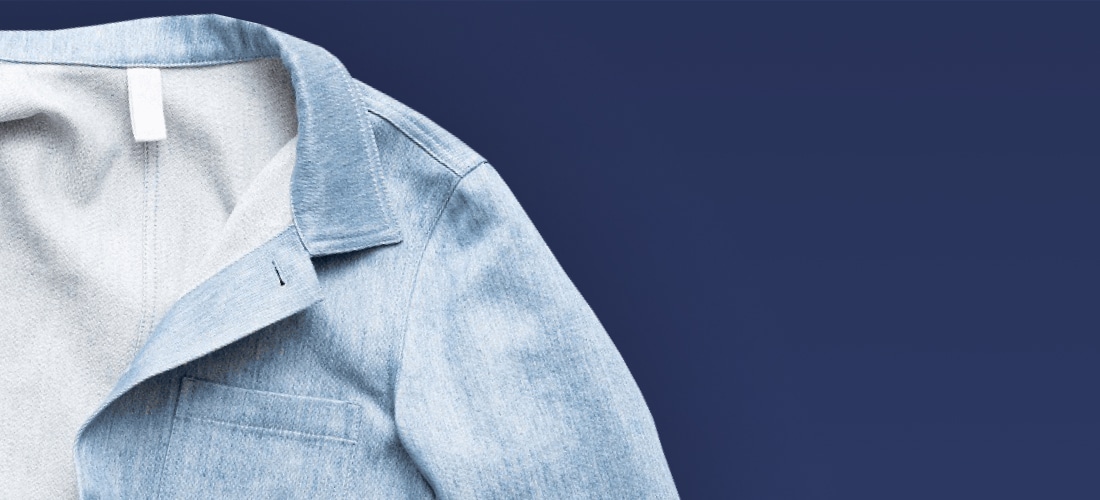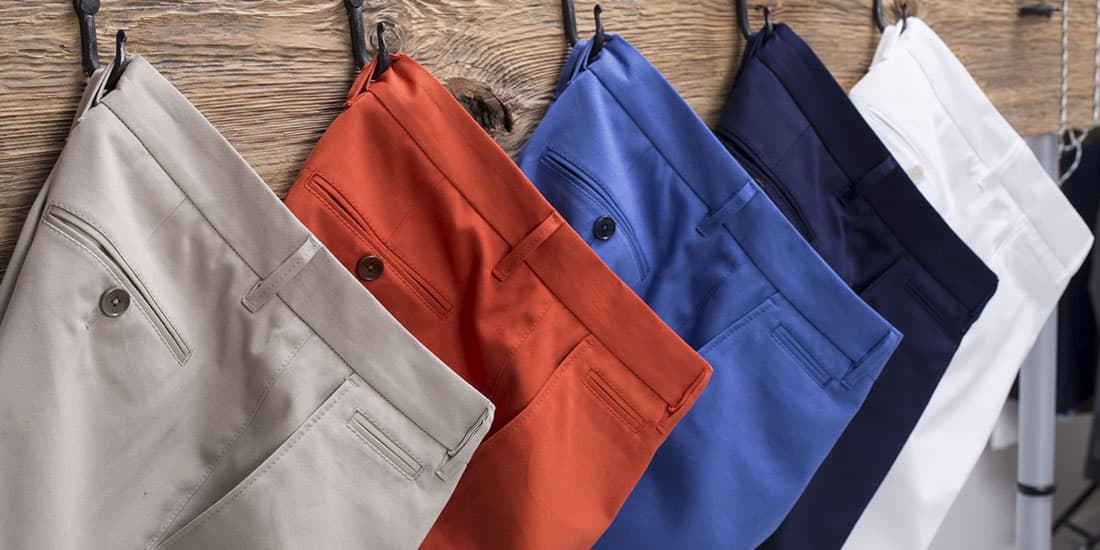Rose was the name of a ship belonging to the East India Company which, anchored in Begala Bay, welcomed on board Major Lieutenant Sir Harry Burnett “Joe” Lumsden (12 November 1821 – 12 August 1896). This is the man who, in order to camouflage the white woollen trousers of his uniform, used a mixture of coffee, curry and blackberries to dye the trousers. He achieved a shade of dye called khaki – in the local language it means dust – which suited the characteristics of arid theatres very well. The term khaki, which refers to a shade of textile dye applied to a twill or cotton twill, will merge with the term chino’s which originates from the Spanish-American war in the Philippines in 1898, where American troops bought khaki cotton trousers from Chinese people whom the Hispanics called chinos.
So we’re talking about lineage when we refer to an icon that’s almost two centuries old. Respect!
From trousers with a plain front, it evolved to 4 pockets and from there to the most varied style interpretations by the biggest names in fashion over the last 100 years. Competing since the 1950s with a major rival, blue jeans, Chino’s, which manifests its character in the beige spectrum, began to accept all kinds of colours after the colour boom in Europe in the 1980s with the Benetton five pocket, but it is in the beige and stone tones that Chino’s affirms its versatility in chromatic terms as almost the perfect match with most of the colours to be combined and in terms of performance, on land, sea or air, it has practically unbeatable usability.
Chino’s has gone from military warehouses to large retailers and international ready-to-wear brands such as Ralph Lauren, Tommy Hilfiger and others, but it is in its arrival in the world of made-to-measure that Chino’s will truly meet the man, each man and each woman, as a human being, in their individuality. This means that Chino’s has evolved from “all fit” to “brand fit”, to “regular fit” and “slim fit”, and is now on the exclusive podium of “my fit”, with all the options open to say that this is my Chino’s, and my Chino’s wasn’t bought as a kilo of something, but made to order according to what each person wants.
In addition to having the right waist, hip and buttock curvature, knee curvature and the right leg width and the customer’s preferred mouth width, which guarantees perfect wearability, the tailor-made chino’s trousers also have the possibility of personalisation with options that allow the choice of buttons, type of pockets, types of stitching, contrasting thread colours, width and number of belt loops or the choice of jackpant waistband with drawstring, type of pockets, type of stitching, contrast thread colours, width and number of belt loops or the option of a jackpant waistband with drawstring, a choice of pocket linings and embroidery with the customer’s initials, among others.
If these characteristics weren’t enough on their own to make you opt for made to measure or chino’s tailored to your body and style, the icing on the “cake” is what really makes it possible to choose fabrics, colours and patterns. The mixture of these three elements may seem strange, but let’s decode it and open the door a little wider to dressing with the attitude of “made to measure”, and understand how it is possible for a garment as everyday as chino’s, perhaps even ordinary, to bring exclusivity and more than that, authenticity.
For those with a taste for their roots, the cotton options include weight and finish possibilities ranging from light panama wash effect, to light summer twill, as well as more generous weight twills for cold weather or more demanding performances. The excellent options allow you to choose from ordinary cottons to blends of cotton with polyester and elastane when performance is required, or from cottons and noble fibres such as cashmere for more sensory and sophisticated use.
All these fabric options are assorted in the colours available, where the ever-present beige spectrum that goes from “stone” to “almost green” is joined by blues, browns and expressive warm colours for something really different. If that’s the case, that’s good enough, but the options go beyond cottons and a chino option in aflannel or calvary twill is something that stands out, distinguishes and defines a sophisticated and creative spirit.
Talking about something creative brings us to those who, in addition to elegance and sophistication, also want to say something irreverent about themselves and ask themselves questions in order to broaden their horizons: “Why not chinos in Scottish tartan or Prince of Wales? A wide stripe or a Mediterranean plaid?”
These are the reasons for bespoke chinos, which are an excellent first step for those who want to get started in the world of modern tailoring made to measure. They are also the next step in sophistication for all those, like our customers, who have already mastered the concept of “having a suit made”, which they have learnt from the past and found again in the present, cultivating it further because it has expanded and today you can “have made” any item of clothing, even the popular chino’s have gained one of a kind status.
Some innovations in suMisura chinos are the choice of fabrics other than cotton, the special hem for casual shoes and the bold gurkha waistband.
